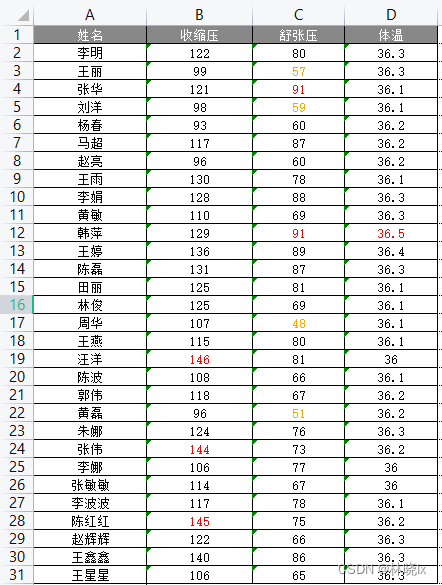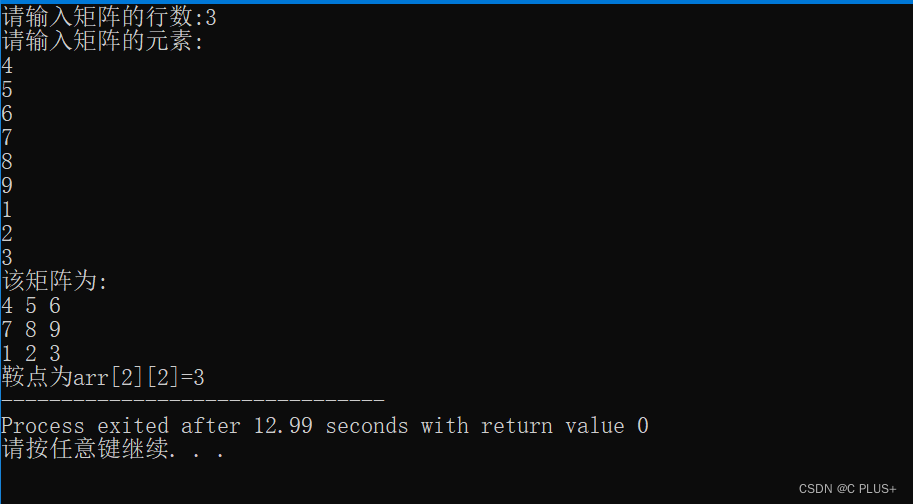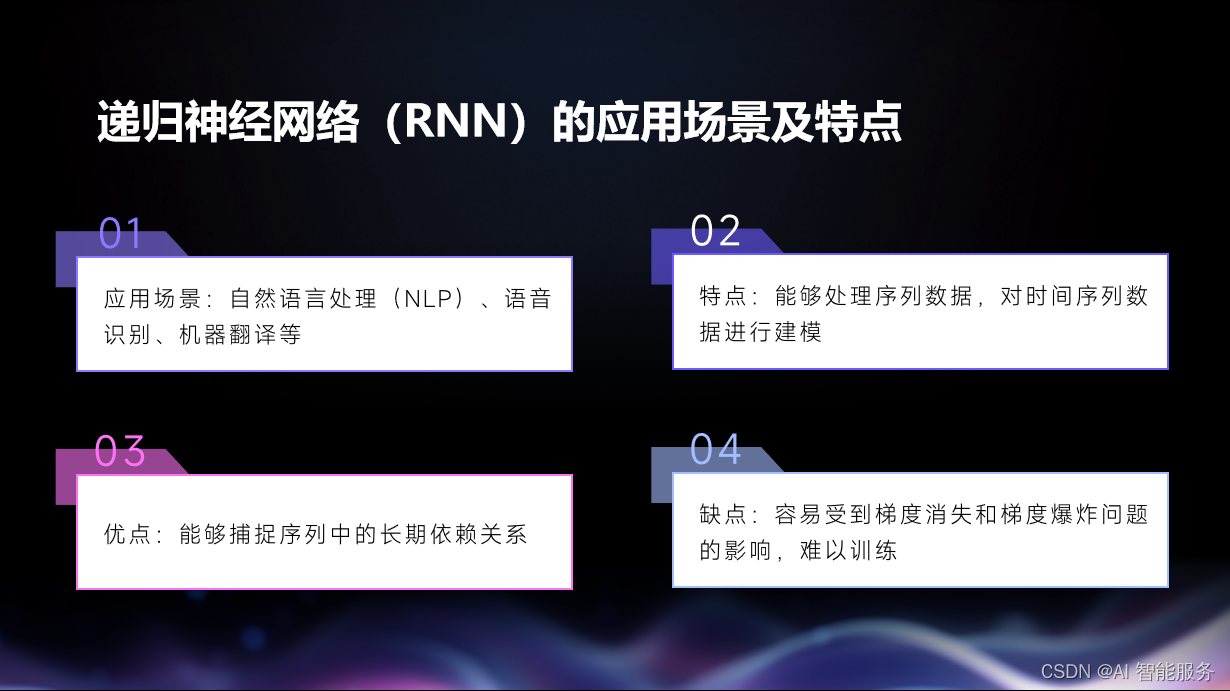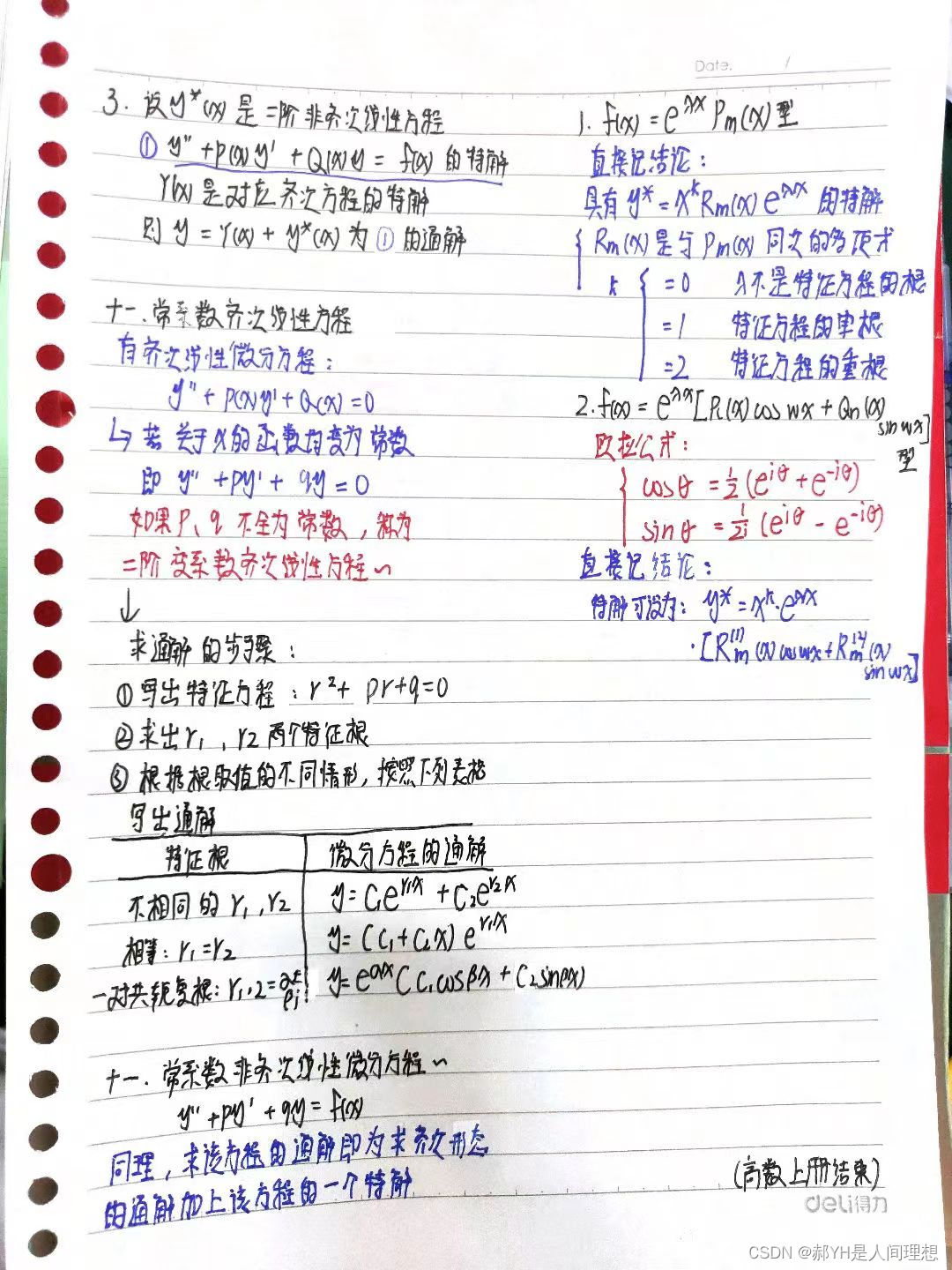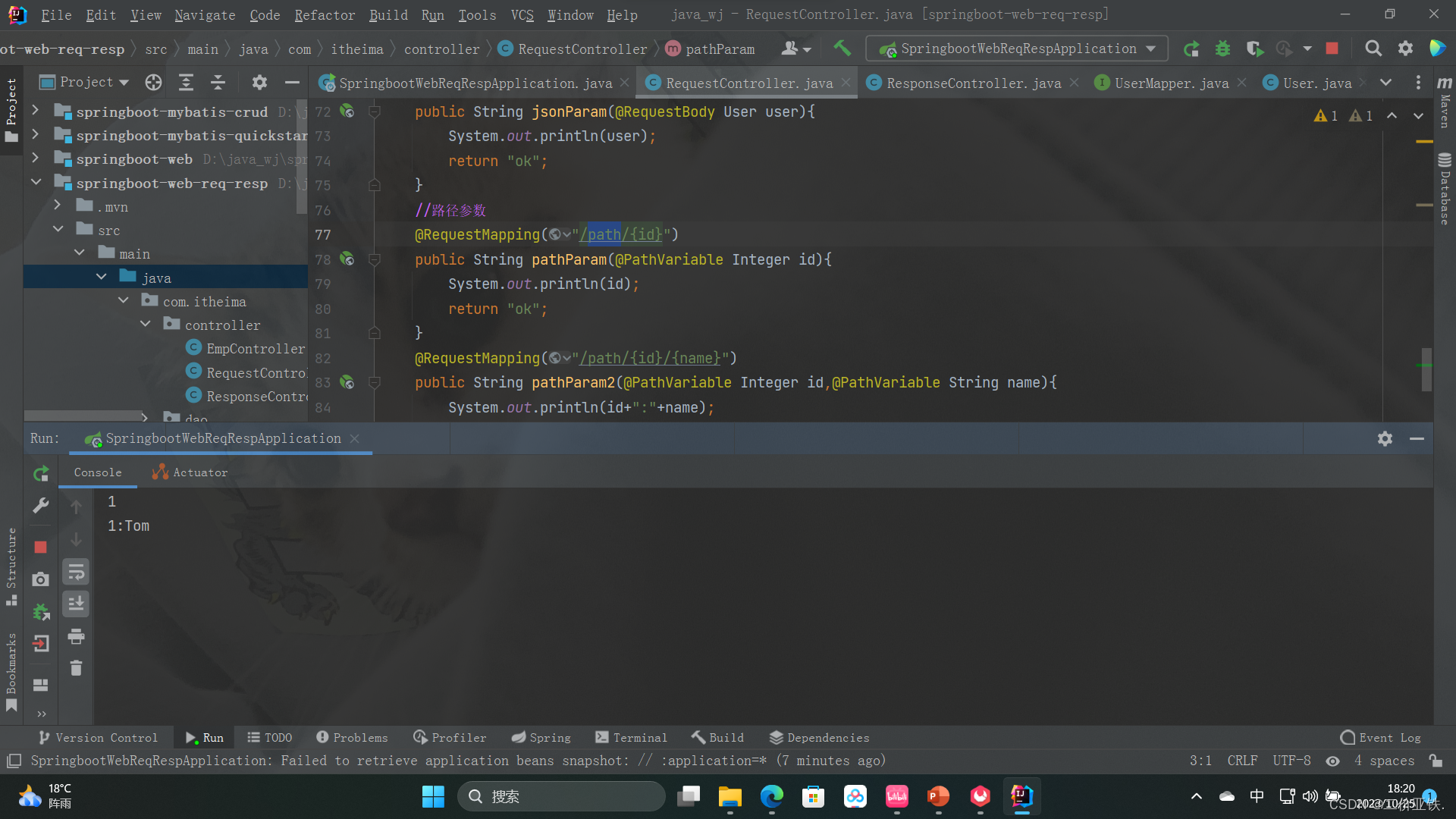1、题目
问题描述
过年小蓝想要回家串门。
蓝桥村可以抽象为 n n n 个节点, n − 1 n-1 n−1 条边的一棵树,每条边有边权长度 w i w_i wi。
小蓝可以选择任意一个点作为起点,然后选择一条路径,可以访问每个节点至少一次。他想知道最短的路径长度是多少。
输入格式
第一行输入一个整数 n n n,表示节点数量。
接下来 n − 1 n-1 n−1 行,每行三个整数 v i , u i , w i v_i, u_i, w_i vi,ui,wi,表示 ( v i , u i ) (v_i, u_i) (vi,ui) 存在一条 w i w_i wi 的边。
输出格式
输出一个整数,表示最短路径。
样例输入
4
1 2 3
1 3 4
1 4 5
样例输出
15
说明
路径为:4->1->2->1->3,即 ,路径和值为 15。
,路径和值为 15。
数据范围
- 1 ≤ n ≤ 1 0 5 1 \le n \le 10^5 1≤n≤105
- 1 ≤ v i , u i ≤ n 1 \le v_i, u_i \le n 1≤vi,ui≤n
- 1 ≤ w i ≤ 1 0 9 1\le w_i \le 10^9 1≤wi≤109
- 保证数据输入是一棵树
原题链接
串门
2、思路
考察图论,树的性质。
由于每个点需要访问至少一次,我们可以选择任意点作为起点和终点,考虑枚举起点和终点,然后在满足起点终点的情况下访问每个节点至少一次的最短路。
结合dfs回溯的知识和欧拉路的知识可以得到一个结论。
- 从起点到终点的最短路上的边,只需要经过一次。
- 其他边,都需要至少两次。
利用容斥,假设每条边都需要访问两次,那么减去只访问一次的,就是结果。
所以实际上就是求树的直径。
用两遍DFS 或者 换根DP 都行。
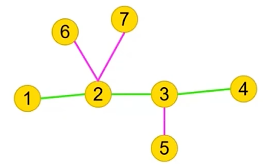
如上图示例,为了从起点1 到 终点 4,进行深搜,点6,7和5 的边都要走两次,如2到6之后要从6返回2,然后才能继续往下走,其他边都走一次。从1->2->3->4 就是最长的一条路径,也就是树的直径。除了直径,其他的边都要访问两次。
时间复杂度: O ( n ) O(n) O(n)
3、代码
#include <iostream>
#include <vector>
#include <cstring>
#include <algorithm>
#include <queue>
#include <assert.h>
using namespace std;
typedef long long ll;
const int N = 1e5+100;
const int MOD = 998244353;
typedef pair<int, int> Pair;
vector<Pair> G[N];
int n;
ll ans = 0;
ll dfs(int u, int f) {
vector<ll> tw(0);
for (Pair v : G[u]) {
if (v.first == f) continue;
ll t = dfs(v.first, u) + v.second;
tw.push_back(t);
}
sort(tw.begin(), tw.end());
int sz = tw.size();
if (sz > 0)
ans = max(ans, tw[sz - 1]);
if (sz > 1)
ans = max(ans, tw[sz - 1] + tw[sz - 2]);
ll t = 0;
if (sz > 0) t = tw[sz - 1];
return t;
}
void sol() {
int v, u, w;
cin >> n;
ll res = 0;
for (int i = 1; i < n; ++i) {
cin >> v >> u >> w;
G[v].push_back({u, w});
G[u].push_back({v, w});
res += w;
}
res *= 2;
dfs(1, 0);
cout << res - ans << endl;
}
int main() {
sol();
exit(0);
}
或
#include <iostream>
#include <vector>
#include <cstring>
#include <algorithm>
#include <queue>
#include <assert.h>
using namespace std;
typedef long long ll;
const int N = 1e5+100;
const int MOD = 998244353;
typedef pair<int, int> Pair;
vector<Pair> G[N];
int n;
ll ans = 0;
ll tg;
void dfs(int u, int f, ll dep) {
if (dep > ans) {
ans = dep;
tg = u;
}
for (Pair v : G[u]) {
if (v.first == f) continue;
dfs(v.first, u, dep + v.second);
}
}
void sol() {
int v, u, w;
cin >> n;
ll res = 0;
for (int i = 1; i < n; ++i) {
cin >> v >> u >> w;
G[v].push_back({u, w});
G[u].push_back({v, w});
res += w;
}
res *= 2;
dfs(1, 0, 0);
ans = 0;
dfs(tg, 0, 0);
cout << res - ans << '\n';
}
int main() {
sol();
exit(0);
}




